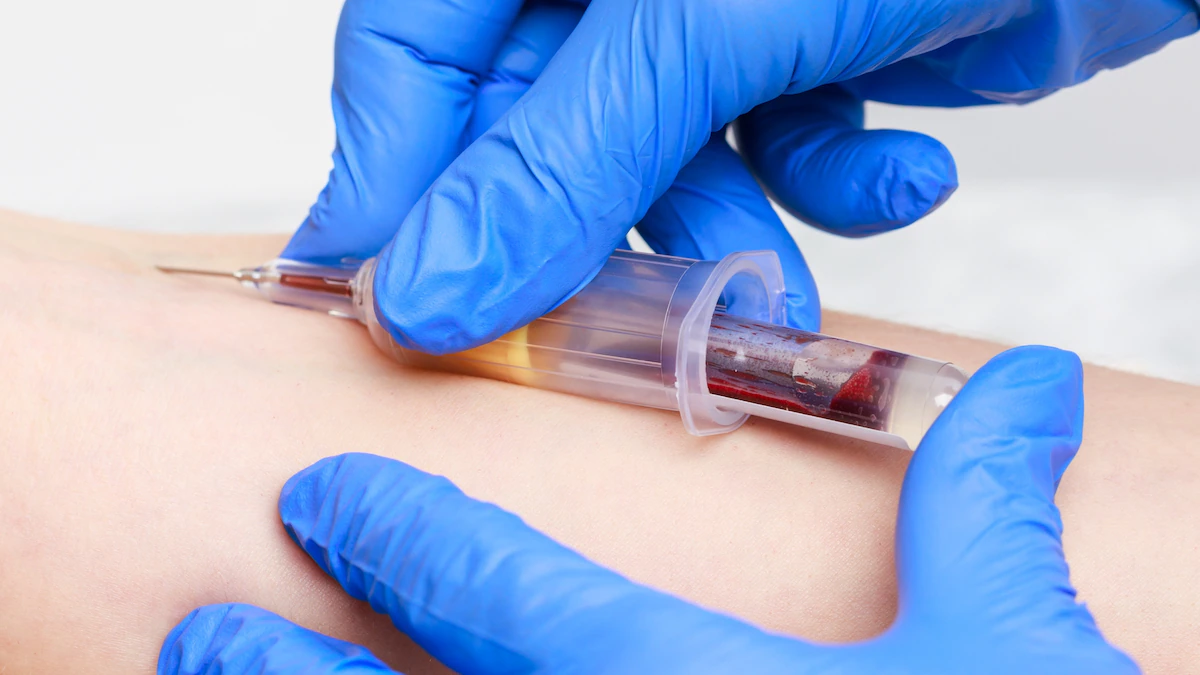Copyright National Geographic

Once viewed as a hormone only for men, testosterone for women has quietly become one of the most talked-about topics in women’s health. “Nobody would talk about testosterone for women a few years ago,” says Susan Davis, a leader in testosterone research and women’s health and professor at Monash University. “Now, it’s everywhere.” As more women look for ways to manage menopause symptoms—from hot flashes to brain fog and low libido—testosterone is being touted as a modern fix for energy, mood, and focus. But that worries researchers like Davis. “With the explosion about testosterone on media platforms, most of the medical community is not really caught up,” she says. “Some people are prescribing it without really understanding it in depth.” For women, dosing, safety, long-term effects, and potential use cases remain understudied. So what does testosterone actually do? Here’s where the science says. Why testosterone can help some women Testosterone may be better known for its role in men’s health, but it’s essential for women, too. Produced by the ovaries and adrenal glands, it helps regulate sex drive, supports bone and muscle health, and contributes to mood and energy. “But understanding testosterone has been the last hormone that we've been racing to understand a little bit better” [in women], says Nora Lansen, a menopause society-certified primary care physician and chief medical officer at Elektra Health. After a major study in the early 2000s linked certain hormone replacement therapies (HRT) with increased risks of breast cancer, stroke, and blood clots, interest in HRT plummeted, and both doctors and patients grew wary—even after flaws in the research came to light, Davis says. Right now, the only evidence-based use of testosterone for women is treating low libido after menopause, which is called hypoactive sexual desire disorder (HSDD). “Every study, regardless of size, shows benefit over placebo,” Davis says. Despite that, many women who experience a low sex drive aren’t getting the treatment they need. “They go to their doctor and they’re being told, just get on with it. You’re 60, what do you expect? This is normal for your age,” Davis says. If you are post-menopausal and low libido is causing dissatisfaction personally or in a relationship, then it’s worth considering treatment, and testosterone is one option, says Lansen. LIMITED TIME OFFER That said, libido is complex. Not every woman will benefit. About 60 percent see symptom relief, according to Davis. Desire can also be influenced by other factors—like stress, relationship dynamics, medications, and overall physical health—which can make it difficult to isolate hormones as the cause. For others, a lower sex drive isn’t a problem. “It’s a very personal experience,” says Lansen. For now, there is not enough data to recommend testosterone for low libido in pre-menopausal women. What testosterone can’t do for women (at least not yet) A quick internet search will show claims that testosterone therapy can boost energy, strengthen bones, and help preserve muscle. But the science doesn’t back up most of those claims—at least not yet. “I think there are people who are being prescribed testosterone being told that they’re gonna feel better, they’re gonna get energy and vitality and mood,” says Davis. “But we don’t have enough data to show this.” Some studies show slight mood improvements for women on testosterone therapy, but Davis says there’s no evidence that it’s more effective than a placebo. In one study that tracked mood changes, both testosterone and placebo users reported similar effects. Recent research shows that there is no risk of cognitive decline in women with low blood testosterone levels. (What happens during menopause? Science is finally piecing it together.) As for bone density, which drops more rapidly after menopause, testosterone’s role remains unclear. Some preliminary studies show a positive association between adequate testosterone levels and bone mineral density, but that doesn’t mean that testosterone treatment will boost levels. Davis is currently working on a study that looks at the direct impact of testosterone therapy on bone density. The results won’t be published until 2026, and for now, there’s not enough evidence to recommend it for that purpose, she says. “Advertising that testosterone is going to fix all that stuff is very premature and overblown,” says Lansen. “It’s inappropriate for now because we don't know whether, like, you know, what the real story is.” Why testosterone treatment remains a gray area Even though testosterone shows promise for some women, turning that science into safe treatment is far from straightforward. The main challenge: there’s no standardized, female-specific way to prescribe it. While Australia has had a female formulation available for 20 years, the U.S., like most of the world, does not have any FDA-approved testosterone treatment for women. When doctors do prescribe it, it is off-label—a small dose of men’s formulation. “We’ve tried to approximate what an appropriate dose would be for a female—about one-tenth of the dose for a male because we know that men have about 10 to 20 times more testosterone in their system than women do,” says Lansen. “That's been the best guess. And we go from there.” But that guesswork carries risk. If the dose is too high, side effects include oily skin, body hair growth, acne, and scalp hair loss. “I have seen people really badly affected by being treated with too high doses,” says Davis. (What is perimenopause? Your brain may hold a clue.) Testing doesn’t make things easier. Testosterone functions differently in men and women. Doctors can treat men for low-T by measuring blood levels. But women’s testosterone levels naturally fluctuate, and there’s no established threshold for “testosterone deficiency.” “Lots of women with low testosterone in their blood have no symptoms,” says Davis. “And lots of women with so-called normal blood levels of testosterone with low libido may still benefit.” Without FDA oversight, treatment options vary in safety, too. Davis says gels and patches are safest, while oral and injectable forms carry higher risks, including changes in cholesterol metabolism and potential cardiovascular strain. How to approach testosterone therapy safely If you’re considering testosterone therapy, experts say it’s best to do so under the guidance of a trusted clinician. ‘It’s really important to not just diagnose yourself and have a transactional experience with someone online without any sort of follow-up,” Lansen says. (Doctors are finally starting to take women’s pain more seriously.) Overall, there are many different pathways to sexual wellness, and testosterone is only one aspect of treatment. Other treatments for low libido and menopausal symptoms may include estrogen therapy, lifestyle adjustments like stress reduction or exercise, and even non-hormonal medications. “There are a lot of options, and we have learned so much in the past few years, and we continue to learn more and more,” says Lansen. “It’s great that this conversation is front and center and that so many people are talking about it.”



